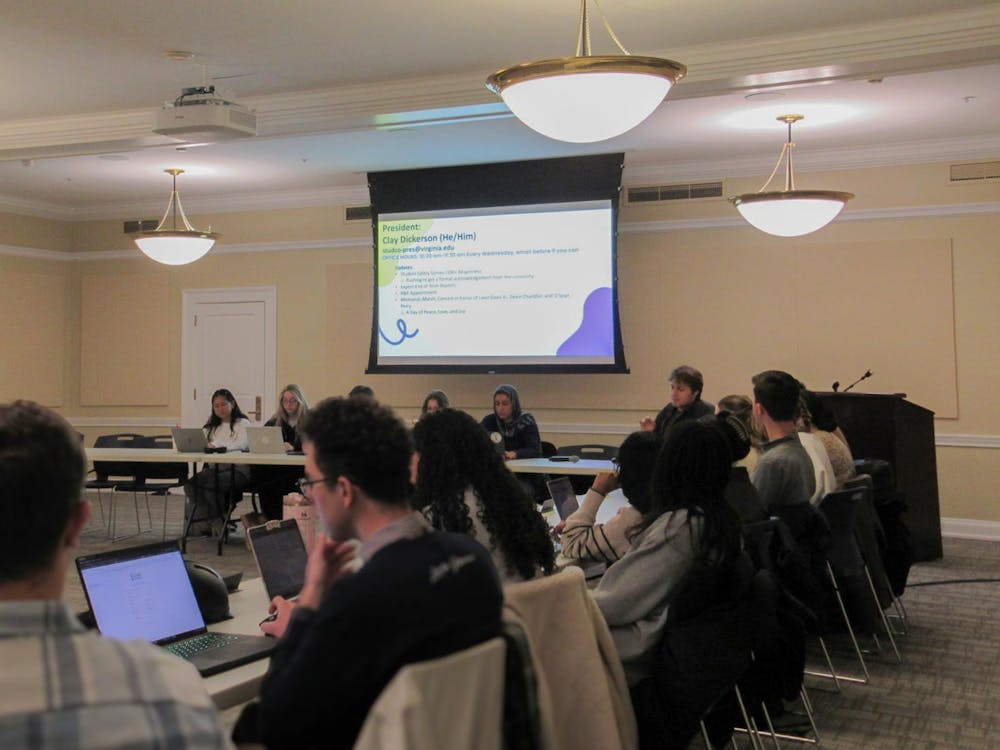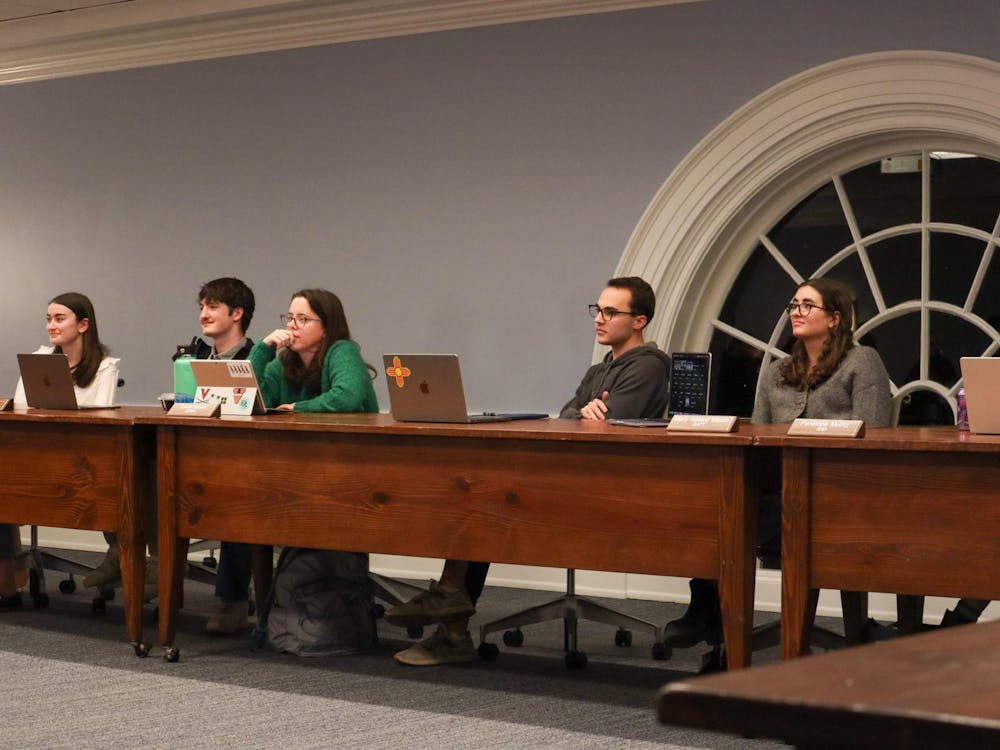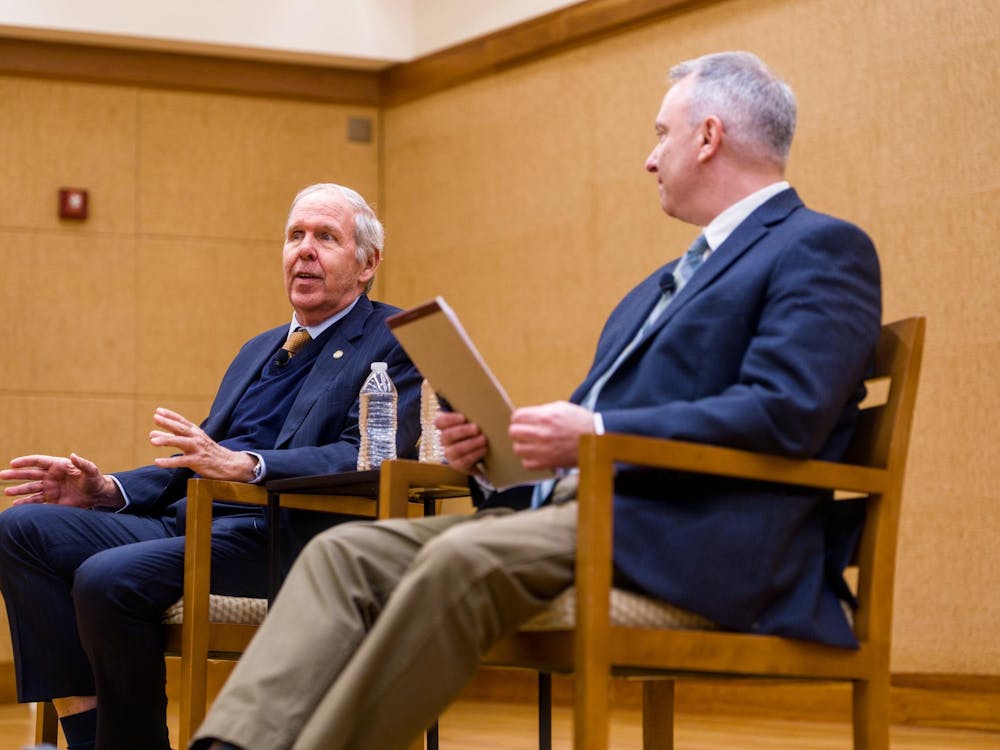The University is poised to take advantage of President Bush's new science and technology initiative introduced in his State of the Union Address, David Hudson, associate vice president for research in graduate studies, said.
The president's plan entails allocating $50 billion to the National Science Foundation, the Department of Energy Office of Science and the National Institute of Standards and Technology, which will, in turn, be granted to institutions, said Barry Toiv, spokesperson for the Association of American Universities.
The process for which universities acquire these grants is very competitive, Hudson said.
First the agencies will need to decide in which areas they want to fund projects, and then, once the goal of the grant has been outlined, every research establishment is able to compete for the money, he said.
Hudson added that the institution that presents the best proposal is the one that will be awarded the grant.
"At this point we don't how these grants will take shape," Hudson said. "So, it is early to start preparing to apply, but once they determine the boundaries of the grants, we will guide our faculty towards the grants."
In the past, the University has had considerable success in receiving grants from these organizations, Hudson said.
The agencies that receive the additional federal funding will be awarding grants in the areas of the physical sciences, health services and engineering, so the best way the University can prepare is by doing what it has always done -- having a strong and diverse science program, Hudson said.
The University gets all of it research funds from grants, Hudson said, and the University has worked to improve the rate of grant acceptance by hiring new faculty who can be part of a competitive team and create a climate where science can be worked on collaboratively.
The University receives about one out of every seven science grants that its faculty apply for, which is "excellent," he said. However, Hudson added, competition is fierce since some public peer institutions are much larger and, therefore, receive a great deal more in grant money.
The increased funding to the sciences is a tremendous opportunity for the entire country, Toiv said.
As Hudson pointed out, the effect of increased research creates about 31 jobs for every million dollars spent, so this additional funding represents a lot of growth for the economy as well as in the sciences.
These new grants will also lead to new discoveries and more training for the next generation of scientists, which is what universities are all about, Toiv said.






